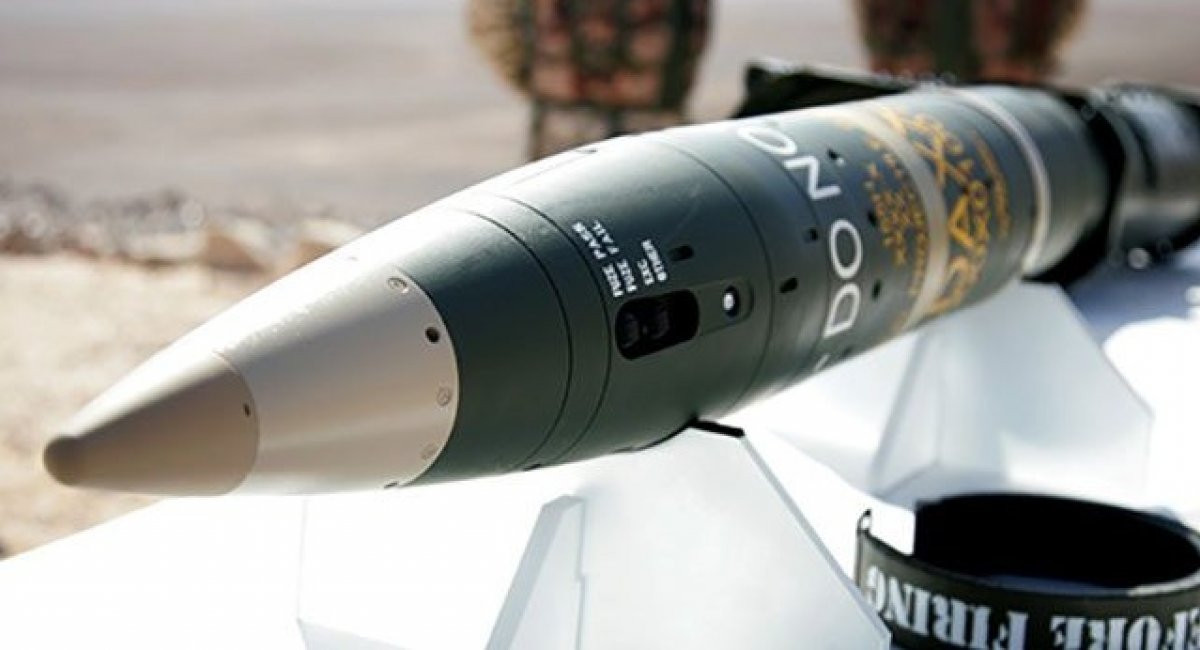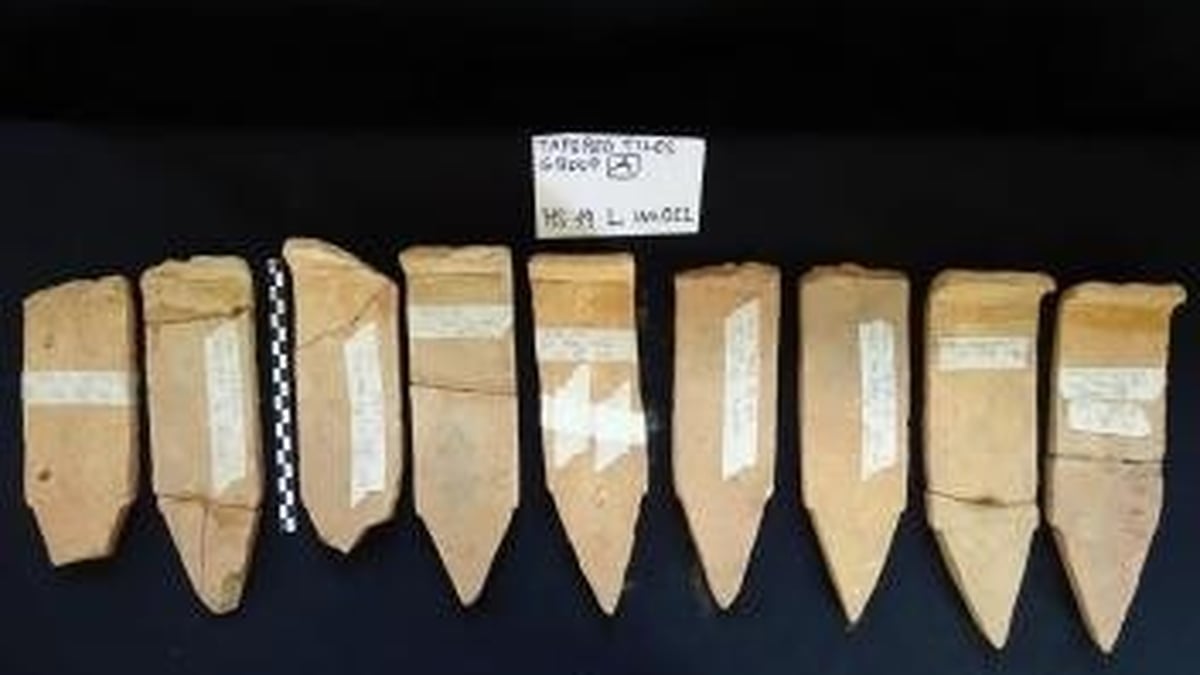One of the most valuable weapons the West has provided Ukraine in its war with Russia is heavy artillery. Unlike the larger guns the Ukrainian army currently has, NATO-caliber guns are the key to Kiev unlocking Western precision-guided artillery technology. This technology, which includes GPS-guided shells and tank-hunting rounds, has exponentially increased the guns’ power.
A recent study from the UK-based Royal United Services Institute quoted a Ukrainian military official as saying that “anti-tank missiles slowed the enemy’s advance, but what killed them was our artillery. That’s what broke their units.”
“Unlocking” guided artillery technology
The Ukrainian Army has a significant number of artillery pieces, both conventional and rocket-propelled, such as the 152 mm 2S3 Akatsiya and 122 mm 2S1 Gvozdika self-propelled guns; the truck-mounted 122 mm BM-21 Grad multiple rocket launchers; and the 152 mm D-20 and 122 mm D-30 towed guns.

Although Ukraine theoretically possesses a large number of artillery pieces, most of them are old, produced by the Soviet Union before its dissolution in 1991. These guns also use a caliber (152 mm) that is incompatible with modern artillery pieces.
NATO, meanwhile, uses standard 155mm artillery shells. Those three millimeters make a huge difference, leaving Kiev unable to take advantage of ammunition donated by the US and its allies. As of the summer of 2022, Ukraine had received more than 100 155mm guns, including: the US sent 90 M777 towed guns (commonly used by the Army and Marines), Australia sent six M777s, and Canada provided four. The Netherlands sent six Pz2000 155mm self-propelled guns, while France donated 10 to 12 CAESAR 155 truck-mounted guns.
Ukraine also received Western precision-guided munitions as part of the aid package. For example, the US-developed M982 and M982A1 Excalibur artillery shells can be targeted to a set of GPS coordinates, and are capable of hitting their target with the first round—unlike previous artillery shells.
Excalibur is so accurate that the US military claims it can hit targets “regardless of range” with an accuracy of 2 meters. This level of accuracy will allow gunners to hit multiple targets faster and without causing “collateral damage”.
One "smart" cannon is worth six regular cannons.
Unlocking “smart” guided artillery shells helped Ukraine make better use of the drones that have become ubiquitous in the conflict in the early stages. For example, a Bayraktar drone acted as a “spotter” for an artillery unit armed with Excaliburs, locating dozens of enemy targets in a single sortie.

Military experts estimate that previously a battery of six guns was needed to destroy a target, now only one gun equipped with Excalibur is needed.
In addition, Excalibur has a more modern variant, which is said to have entered service with the US military since 2020, called C-DAEM (area effect artillery shell). The new “smart” ammunition is designed to hit moving armored targets even in cases where GPS signals are jammed or friendly forces do not know the exact coordinates of the enemy.
According to New Scientist magazine, “C-DAEM has a range of up to 60 km, the artillery shell takes just over 1 minute to reach the target, and the ability to search for targets within a range of 28 square km.” To do this, they have parachutes or small wings used to slow down when scanning and classifying objects in the field of view.
Kiev also received BONUS artillery shells from the UK and France. These shells are designed with the sole purpose of destroying tanks and other armored vehicles. After being fired from the gun barrel, BONUS will descend and release two smart sub-munitions.
These two submunitions use a multispectral sensor package to scan and detect enemy armor at ranges of up to 32,000 meters. When they detect a tank or armored vehicle target, they fire a warhead aimed at the vehicle's roof, penetrating the thin armor and destroying it.
BAE Systems, the supplier of BONUS ammunition to the US, says the bullet has “one shot - one kill” performance, meaning one bullet will take down one target.
(According to PopMech)
Source






















































![[Maritime News] Two Evergreen ships in a row: More than 50 containers fell into the sea](https://vphoto.vietnam.vn/thumb/402x226/vietnam/resource/IMAGE/2025/8/4/7c4aab5ced9d4b0e893092ffc2be8327)












































Comment (0)